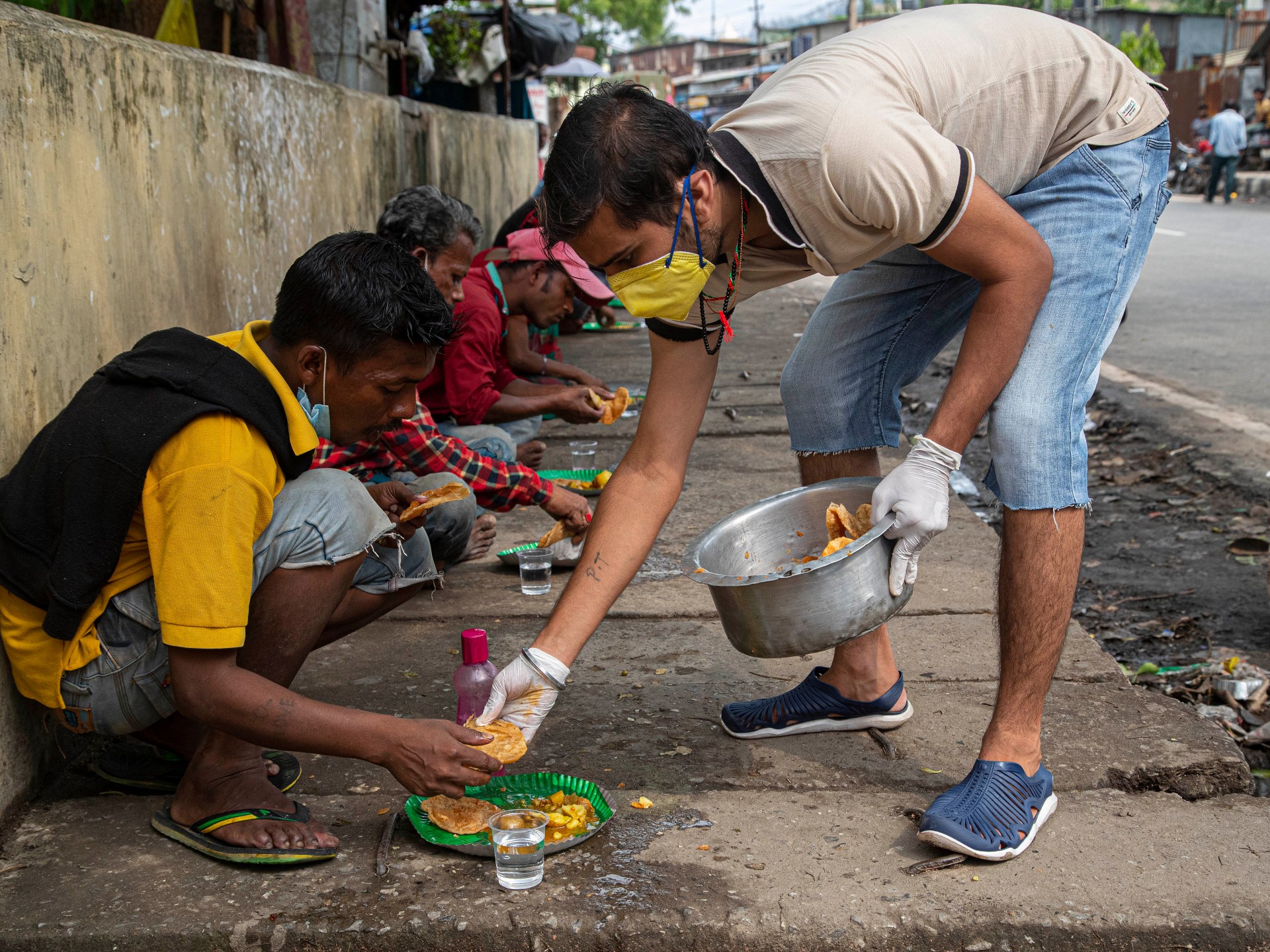
Is Modi’s India more unequal than under British rule?
Al Jazeera
India’s top 1 percent holds more income today than under the British, new research shows. And the gulf is growing.
New Delhi, India — In 2014, Narendra Modi swept to power in India with his Bharatiya Janata Party (BJP) pitching him as an economic reformer who would root out corruption and rescue the aspirations of India’s middle class from the clutches of elites – as well as the hellscape of rising prices and unemployment.
Ten years later, as Modi contests for a rare third term, the gap between rich and poor in India – already significant in 2014 – has widened into a canyon, economic researchers warn. India’s income and wealth inequality have become among the highest in the world, worse than in Brazil, South Africa and the United States, reveals a new study by the World Inequality Lab (WIL).
As India votes in national elections to choose its next government, the research in the recently published The Rise of the Billionaire Raj shows that income inequality in the country is, in fact, worse than it was under British colonial rule. The study was co-authored by Nitin Kumar Bharti from New York University’s Abu Dhabi campus; Lucas Chancel from Harvard Kennedy School; and Thomas Piketty as well as Anmol Somanchi of the Paris School of Economics.
The widening wealth gap in India has emerged as a political flashpoint, with the opposition Congress Party promising that if elected, it will carry out a caste census that it claims will show how traditionally disadvantaged communities have suffered under Modi’s rule.
But just how unequal is India, according to the new research? What are the reasons? And what are the potential solutions?





















 Run 3 Space | Play Space Running Game
Run 3 Space | Play Space Running Game Traffic Jam 3D | Online Racing Game
Traffic Jam 3D | Online Racing Game Duck Hunt | Play Old Classic Game
Duck Hunt | Play Old Classic Game